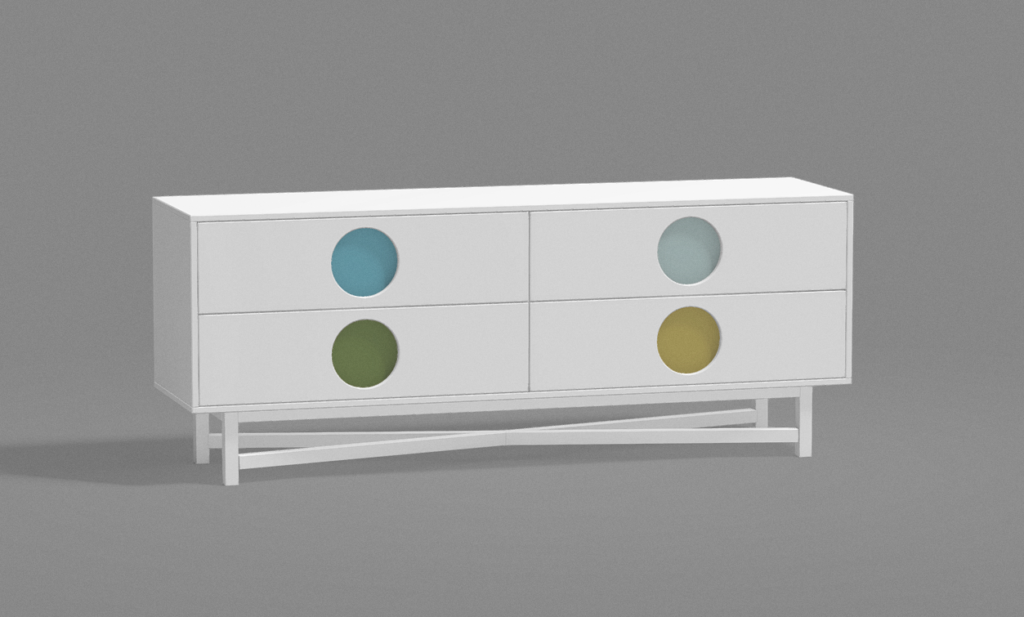The ability to see items in a dynamic and real-life way is a game changer the realm of e-commerce and digital retail, which are rapidly evolving. This is especially true in the furniture industry, where the style as well as the feel of a product are key factors in the purchasing decision. Enter the 3D product configurator an innovative tool that is changing the way customers purchase furniture online and in-store.

The rise of 3D Product Configurators
A 3D product configurator is a software that lets customers view and interact with a product in three dimensions. A 3D product configurator allows users to move around, zoom in and personalize the product live, in contrast to static images. Furniture manufacturers have become more well-known with this technology, which offers a more dynamic shopping experience.
Enhancing Customer Experience by Providing Online Furniture Configurators
A furniture configurator allows customers to have a more personalized experience. Customers can see how furniture appears from every angle, customize colors, materials, and finishes, and visualize how it will fit into the space they have created. This interactive experience doesn’t just make shopping more enjoyable, but can also help customers make informed purchasing decisions.
For instance, Virtenzo’s 3D furniture configurator lets customers alter their shopping experience by offering amazing 3D details and customizable options. This kind of interaction bridges the gap between physical and online shopping by creating confidence for customers in their choices.
Enhancing sales on E-commerce with Interactive 3D Furniture Configurators
The impact of 3D product configurators on online sales is substantial. Interactive 3D-based visualizations have been proven to boost conversion rates as well as reduce the rate of return. If customers can know exactly what they’re purchasing, they’ll be more likely the purchase.
A furniture configurator in 3D allows retailers to display many different product variants without the need to produce and photograph each one. It lets retailers offer the widest range of items and cater to different buyer preferences.
Immersive 3D configurators: The future of furniture shopping
Immersive 3D configurators will determine the future of furniture buying as technology develops. The tools are expected to become more sophisticated with features like virtual reality as well as augmented reality to improve shopping experience.
For instance, consumers could take advantage of AR to envision furniture pieces in their own living space using their smartphones, or use VR to walk through a virtual showroom and see objects in a realistic environment. These innovations can allow shoppers to shop more personal and interactive.
Implementing 3D Product Configurators: A Guide for Furniture Makers
For furniture manufacturers and retailers, implementing a 3D product configurator can seem daunting. The benefits far outweigh any difficulties. This guide will help you get started.
Choose the best platform. Select a platform that will meet your goals and your business requirements. Be sure to look for features such as customizable options, ease of integration, and scalability.
Make 3D models that are high quality of your furniture. It might be necessary to work with professionals to ensure the accuracy.
Integrate Your Website Work closely with your web developers team to seamlessly integrate your configurator with your online store. Be sure to make it mobile-friendly so that users can access it from any device.
Make your experience more enjoyable with AR/VR. You can consider including AR or VR capabilities for an immersive experience.
Marketing your new tool: Market the new 3D Configurator using your marketing channels. Present the benefits and features of your new tool your customers. Offer tutorials that show users how to use it.
The conclusion of the article is:
3D configurators have revolutionized the world of furniture. They provide customers with unparalleled experiences, and increase sales. Through allowing customers to interact with and personalize products in real-time, these devices can bridge the gap between shopping online and in-store which makes shopping more engaging and informed. The integration of AR/VR is expected to continue to alter the retail landscape as technology continues to advance. Experiences that are immersive in shopping are the new standard. For furniture makers and retailers adopting this technology is not merely an option, but an imperative requirement to remain competitive in the age of digital.
